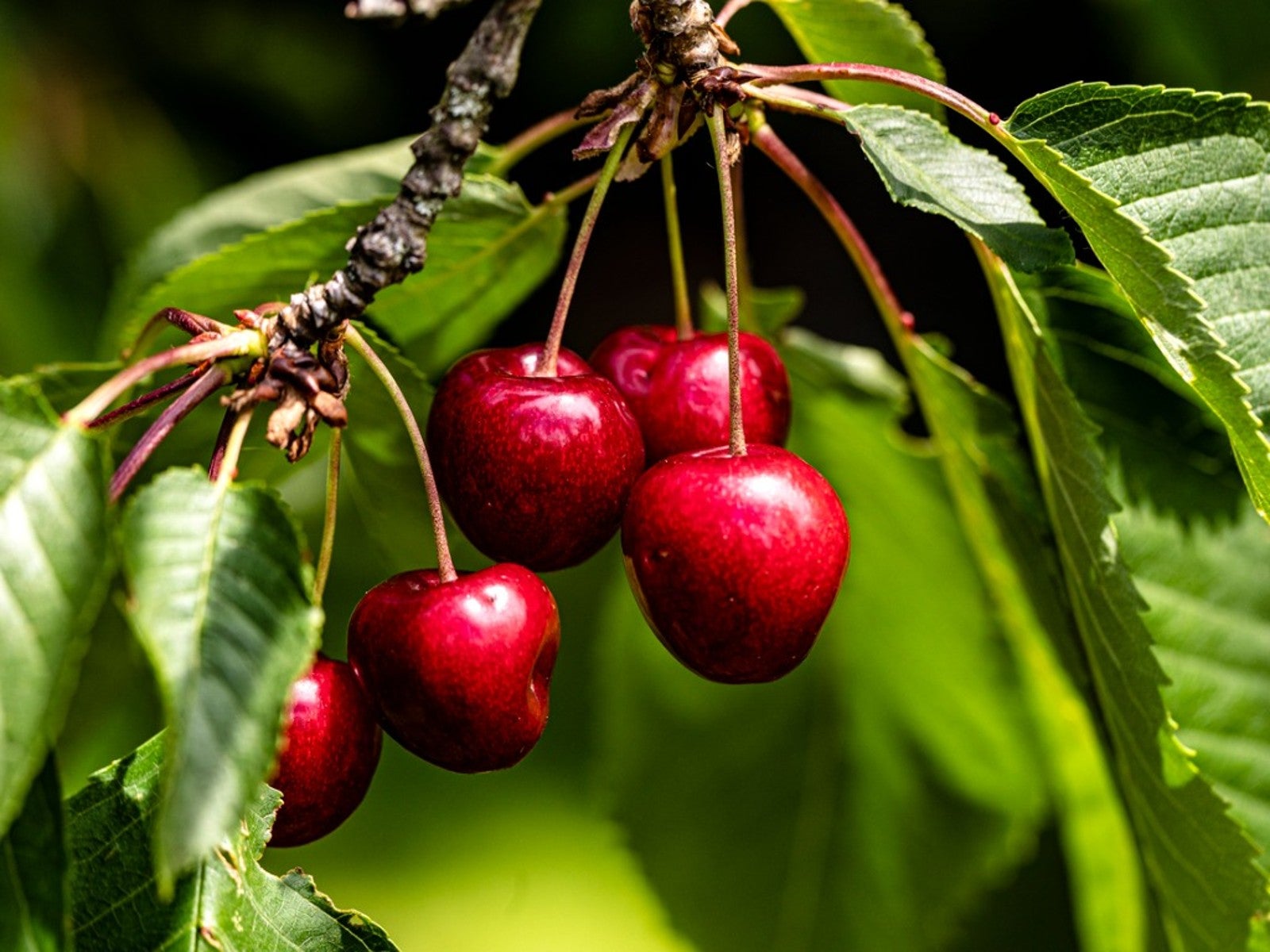The cherry blossom tree, known as “sakura” in Japanese, holds profound significance in the cultural tapestry of Japan. It symbolizes beauty, transient existence, and the cyclical nature of life. The ephemeral blooming of these blossoms incites rich contemplations on impermanence and renewal, reflective of broader themes ingrained in Japanese philosophy and aesthetics. This article delves deeply into the multifaceted meanings attributed to cherry blossoms in Japanese culture, framed through a lens of cultural relativism.
Cherry blossoms are emblematic of nature’s fleeting beauty. Each spring, they bloom en masse, displaying a breathtaking spectacle of pale pink and white flowers, only to wilt and scatter, often within a week or two. This short-lived phenomenon encapsulates the concept of ‘mono no aware,’ a Japanese term that describes the awareness of the impermanence of things, fostering a sense of gentle melancholy or wistfulness. It captures the essence of life’s transitory moments, encouraging reflection on the beauty found in moments that are ephemeral.
Additionally, cherry blossoms serve as potent symbols of renewal. They signal the arrival of spring, heralding a new beginning after the lingering barrenness of winter. The culture surrounding hanami, or flower viewing, epitomizes this celebration of rebirth. Every year, individuals and communities gather beneath the cherry trees, engaging in festivals, picnics, and contemplative observation of the blossoms. This communal activity brings forth a reaffirmation of connection—both to nature and to each other—fostering social cohesion and collective identity.
Delving deeper into the historical context, the cherry blossom’s cultural relevance can be traced back to ancient Japan, where it was honored in literature and art. In the Heian period (794-1185), poets and aristocrats extolled the blossoms in verse, weaving themes of love and longing into their artistic expressions. The sakura evolved into a muse, encouraging introspection regarding beauty and the passage of time. Artwork from this era immortalizes cherry blossoms, emphasizing their delicate grace and setting a precedent for future interpretations in Japanese culture.
In contemporary society, cherry blossoms continue to resonate as a symbol of national identity, often featured in various media—from literature and film to school insignia and national celebrations. The yearly cherry blossom festivals attract millions of tourists, reinforcing the intersection between cultural heritage and global engagement. However, this globalization presents challenges; the commercialization of sakura-related products raises questions about authenticity and the preservation of cultural significance amidst modernity.
Examining cherry blossoms through the lens of cultural relativism reveals the complex interplay between local customs and global perceptions. While many foreign interpretations view the sakura as a mere aesthetic object, in Japan, it represents an intricate amalgamation of historical, emotional, and spiritual dimensions. This divergence in interpretation underscores how cultural context shapes meaning and value, prompting a deeper exploration into the ethics of cultural appropriation. When cherry blossoms are consumed as exotic commodities, their inherent symbolism may become diluted, risking the loss of narratives steeped in millennia of tradition.
Certainly, cherry blossoms extend beyond simple aesthetics. They have also been imbued with historical undertones of warfare and sacrifice. Notably, during the Second World War, cherry blossoms were co-opted as symbols of national fervor, representing the spirit of self-sacrifice and loyalty to the nation. This militaristic romance attached to the sakura presents a juxtaposition to its representation of beauty and renewal. It underscores how symbols can shift dramatically in meaning based on the prevailing cultural milieu and socio-political contexts. Accordingly, understanding the layered meanings of cherry blossoms necessitates a multifaceted approach that accounts for both historical legacies and present-day realities.
The philosophical implications of cherry blossoms lead us to consider the notions of acceptance and resilience. As the blooms gracefully fall and fade, they invite contemplation on vulnerability and the inevitability of change. This cyclicality encourages individuals to embrace life with all its beauty and transience. The resilience inherent in the sakura metaphor offers inspiration amid personal or collective strife, emphasizing that renewal is possible even after loss. In doing so, cherry blossoms invite a reconceptualization of how we view endings as precursors to new beginnings.
Ultimately, the cherry blossom tree stands as a quintessential symbol in Japanese culture, woven intricately into the narrative of beauty, impermanence, and renewal. Its meanings extend beyond mere appearances, offering profound insights into the human experience. Through collective observance and individual reflection, the sakura prompts a reverence for not just the blossoms themselves but for the cyclical nature of life, encouraging an appreciation for the subtleties found in moments of transience. As the cherry blossoms bloom once again, they remind us of life’s temporality while simultaneously inviting us to rejoice in the present moment—a compelling interplay between beauty and the acceptance of impermanence.
